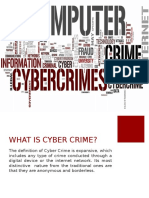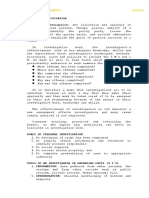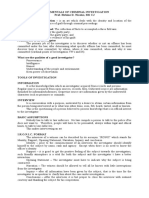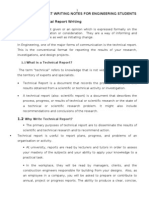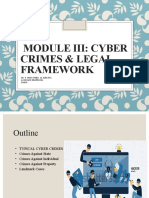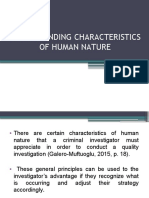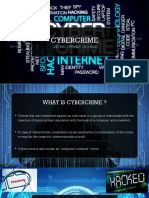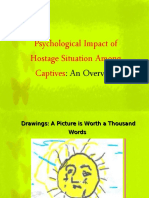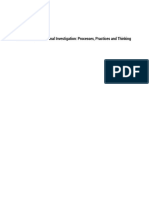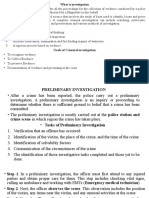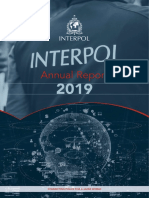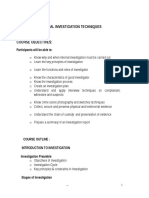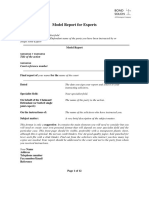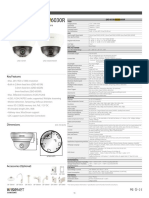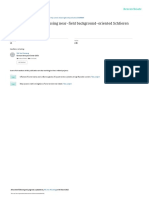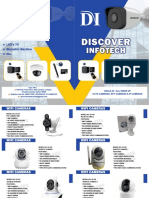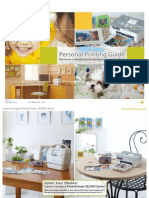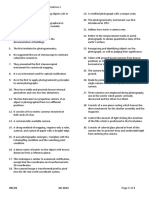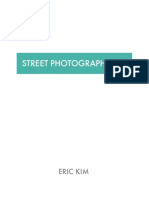0% found this document useful (0 votes)
456 views43 pagesForensic Report Writing Guide
This document discusses forensic reports and contemporaneous notes. It describes the purpose and key sections of forensic reports, including expert legal reports. Expert legal reports generally include the expert's qualifications, materials relied on, facts and instructions, examination methods, conclusions, and understanding of duties. The document also provides examples of report remits and intended outcomes for internal and external reports. It outlines typical sections for an investigator's report, such as instructions, progress of investigations, materials considered, authority to examine, investigations and tests, and initial findings. Contemporaneous notes are discussed as important to support findings in a report.
Uploaded by
Mohammad AL AbedCopyright
© © All Rights Reserved
We take content rights seriously. If you suspect this is your content, claim it here.
Available Formats
Download as PPTX, PDF, TXT or read online on Scribd
0% found this document useful (0 votes)
456 views43 pagesForensic Report Writing Guide
This document discusses forensic reports and contemporaneous notes. It describes the purpose and key sections of forensic reports, including expert legal reports. Expert legal reports generally include the expert's qualifications, materials relied on, facts and instructions, examination methods, conclusions, and understanding of duties. The document also provides examples of report remits and intended outcomes for internal and external reports. It outlines typical sections for an investigator's report, such as instructions, progress of investigations, materials considered, authority to examine, investigations and tests, and initial findings. Contemporaneous notes are discussed as important to support findings in a report.
Uploaded by
Mohammad AL AbedCopyright
© © All Rights Reserved
We take content rights seriously. If you suspect this is your content, claim it here.
Available Formats
Download as PPTX, PDF, TXT or read online on Scribd
/ 43

